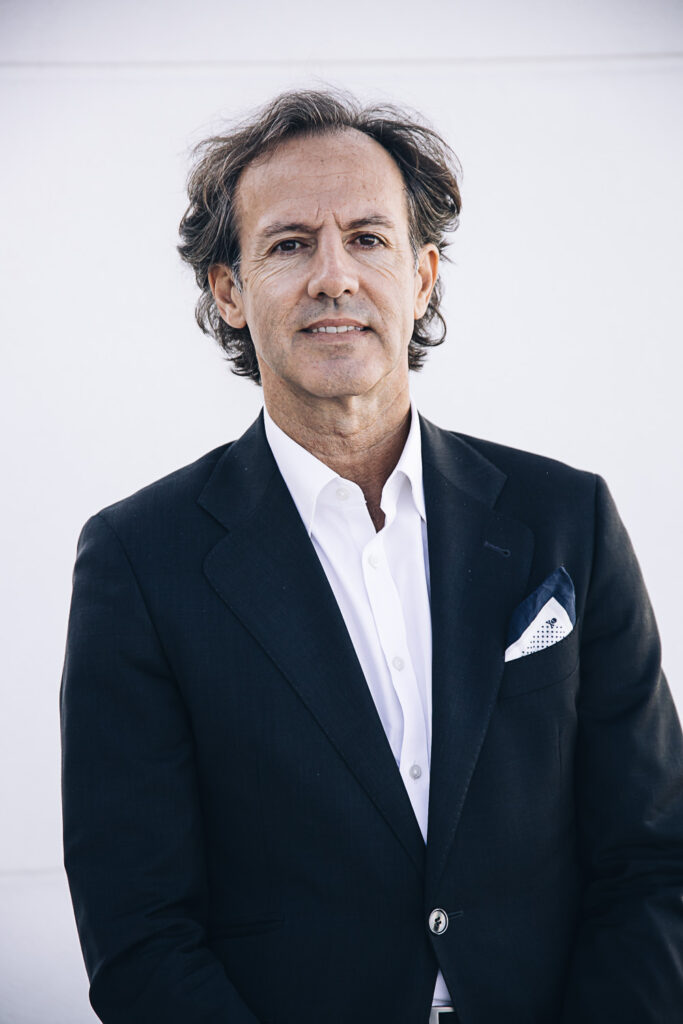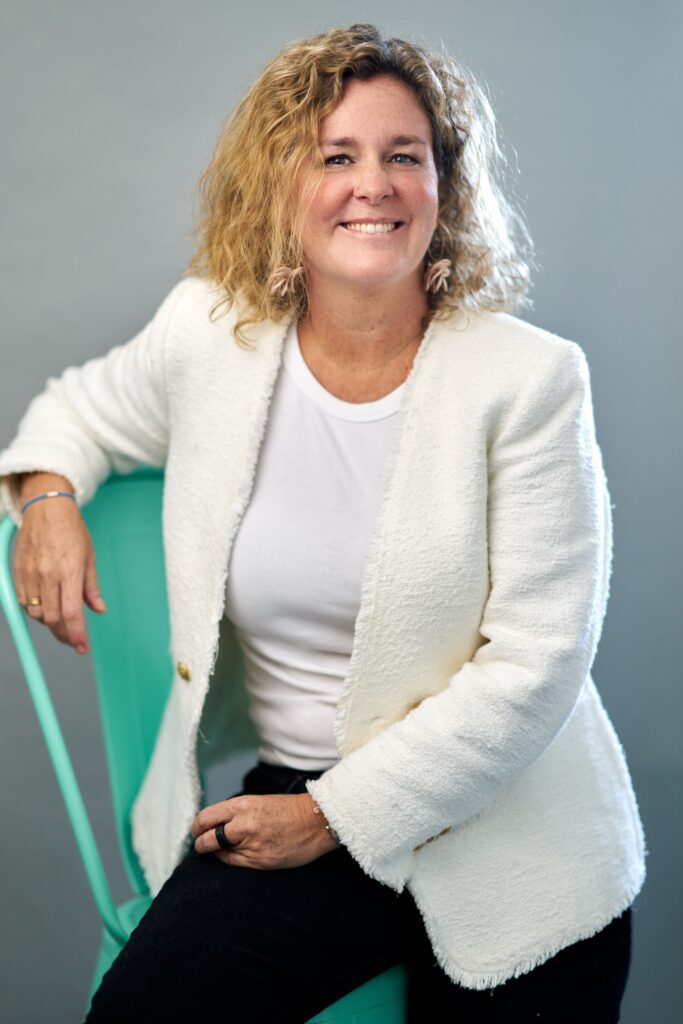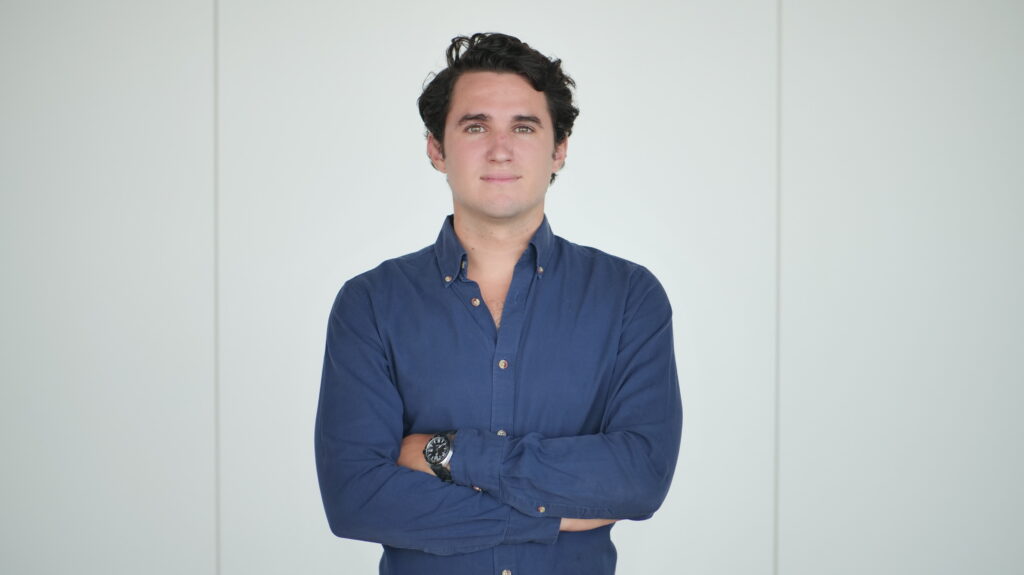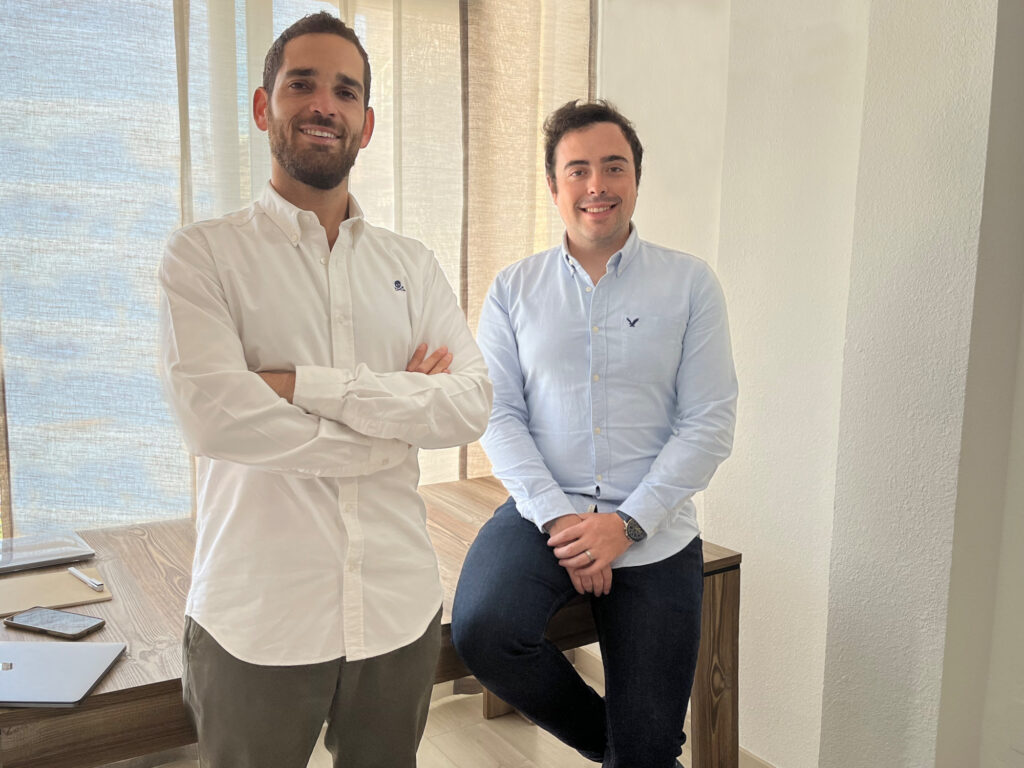
This article was originally published by Stefano De Marzo on Novobrief, an Espacio partner publication.
Data shows that this will be a very challenging year for founders to raise money in the traditional way. On top of that investors that are willing to give money may want to take advantage of the situation and take much more equity than in previous years, leaving founders with a much more narrow leeway to negotiate future rounds and have less profitable exits in the future.
We have seen some valuations halved in this way or heard stories of founders having to give up more equity than they were comfortable with. These are some of the reasons why most founders may take the debt route to avoid giving up as much equity.
Novobrief spoke to different VCs and founders to discuss the fundraising challenges of 2023. A big debate arises if, given the current scenario, is it better for startup founders to go into debt instead of giving equity to VC funds.
The answers vary depending on the stage of the startup and the health of their unit metrics. One thing is for sure. Founders still need to raise capital for their startups, but some say that valuations this year won’t be as preposterous as they were in previous years and the numbers might seem more realistic now than they were before.
First, let’s hear what VCs have to say about the subject. Where do they stand in the debt vs equity debate? Do they think founders have to go into “turtle mode”, i.e. trying to reduce costs as much as possible to expand their runway and wait for the recession to pass? If founders are going the debt route, what do they recommend will be the best way to do it, i.e. through venture debt or a traditional bank?
Equity, debt, or something in between

For Ramón Blanco, co-founder and CEO of Bewater Funds, the cost of debt is generally lower than the cost of equity, and from this point of view, it is worthwhile to minimize the capital raised from external partners. However, banks usually ask for a capital increase to go along with the debt.
“The problem with debt is that you then have to pay it back, and if you cannot do so, the company will go into insolvency proceedings. Therefore, raise debt, yes, but always within reasonable parameters that allow you to repay it in case the company is below its forecasts. And never guarantee it personally,” says Blanco.
Laura González-Estéfani, Founder and CEO of TheVentureCity, comments that the question is not to go into debt or give up equity. “The honest question to ask yourself is whether your product people are willing to buy it on a recurring basis to be able to afford a new round of either equity or debt… The problem that is happening more in mature stage companies, +3 years than in seed stage, is that companies or investors inflated valuations without apparent justification”.
She adds that not all founders nor all investors have done so, but those who have, in order to ensure the survival of the company are now trying to take refuge in debt because no one trusts their valuations anymore.
“My recommendation is to take on debt when the company has a revenue plan that allows it to pay for it. It is as simple as that. If it doesn’t, it is to delve into a certain death but unfortunately more painful. I prefer to lower the valuation, even if it means a ”down round”, protect the equity of the company’s management team (the good ones), closely analyze the fundraising strategy, and be honest with yourself. Take debt if it can be paid back and Equity if the valuation of the company is adequate”, adds González-Estéfani.
“Technology companies usually have limited access to financing from banks since they cannot offer guarantees or historical results, which is what the bank is looking for. At least, long-term bank credit is more limited”Javier de Toro
Javier de Toro, Investment Manager of Angels Capital, agrees with Laura in the sense that the first thing a company needs to be successful is satisfied customers. “In order to be able to offer a product or a service to these customers, the company needs assets, which in a software company are usually intangible assets. In order to finance these assets, we need to build liabilities and/or go to investors to increase equity”, comments de Toro.
He highlights that these technology companies usually have limited access to financing from banks since they cannot offer guarantees or historical results, which is what the bank is looking for. At least, long-term bank credit is more limited.

“Completing capital increases with long-term debt is usually a good option, as it allows companies to expand their runway without affecting shareholder dilution. It is difficult for a technology company to finance all its growth through debt; it is usually a compliment. A balance must be struck between the cost of capital for capital increases and the financial risk of debt”, adds de Toro. “In Spain, in the seed stage, it is common to complement capital increases with long-term public financing, such as the ENISA lines”, he concludes.
Manu Nieto, Co-Founder of First Drop VC, recommends being able to complement both formulas: equity investment where you can add strategic partners for the company, help take it to the next level, be able to follow in the next stages, and also assume 100% of the risk and not have to pay them if things do not go as expected.
And complement this with soft loans such as Enisa, IVF, ICF, etc. He also adds that in the world of impact, there are already many European funds such as H2020, next-gen or Spanish funds such as CDTI or NEOTEC, many of them which are non-refundable.
“If we refer to venture debt, I think it depends on each project. Not all projects are investable by Venture Debt funds but those that do not expect to generate income in the short term make sense to do so. From my point of view, there are projects that work with Capex, be it real estate, technological devices, etc., which are models that fit perfectly with Venture Debt, and in those cases, it does not make sense to raise equity to acquire all these assets since they would lose a lot of power in the company and the equity should be used for other types of investments”, adds Nieto.
“Turtle mode” as a means to an end
Ramon Blanco is very clear about this: “The best possible funding comes from customers. Either through the profits or through the payment terms that can be negotiated with them. Financing from suppliers is also often forgotten and is another instrument to be used.”
“In the last 3 years, it has been relatively easy to raise capital, even with negative unit economics. In 2023 and possibly in the years to come, it is going to be much more difficult to raise capital, and there will be much more scrutiny over whether entrepreneurs have been able to set up viable businesses. I wouldn’t assume that it’s going to go back to the funding situation of the last few years. I hear many VCs recommend a 24-month runway. But be careful, because, at the end of those 24 months, I think VC funds are going to be much more selective about who deserves to raise capital”, adds Blanco.
Javier de Toro says that if any entrepreneur is in the process of an investment round, he or she should consider covering at least 24 months of post-money runway, so as not to have to seek investment in the medium term.

“There is still money, in fact, there is a record amount of capital committed by venture capital funds, but this capital will be more demanding in choosing companies and will negotiate more on valuations. I would not like to make generalized recommendations. What we are perceiving is that companies are taking more care of their cash flow and already have break-even on the roadmap. What I do think will start to happen is the rebound of bridge rounds, in which companies will have to turn to current partners to cover cash needs in 2023 and try to have better metrics to raise a round or reach break even”, adds de Toro.
“The sequence, in my opinion, should be first the bank, second the fund, and third other forms of financing such as revenue-based financing or venture debt (the latter, apart from the interest, usually also asks for a % of the company)”Ramon Blanco
Manu Nieto thinks that there is no magic formula. He says that if projects are only focused on cutting costs or reducing their marketing budget, all of these metrics will get worse and it will be very difficult for them to raise capital.
“I believe that companies must be more efficient and this often involves taking cuts and I am sure that many companies have a lot of free money that has numbed them, and with less, they are able to achieve great results and I believe that venture capitalists must be brave in investing in projects with traction and that continue to grow month after month even if they are not close to the break-even point and of course companies that “hibernate” will have a very difficult time. Having said that, each company and each sector is different and has to determine what the best formula is to survive the coming months and bet on it”, adds Nieto.
The best debt route
Ramón Blanco says that he would definitely try to talk to banks first because they are cheaper than funds. “The sequence, in my opinion, should be first the bank, second the fund, and third other forms of financing such as revenue-based financing or venture debt (the latter, apart from the interest, usually also asks for a % of the company)”, he adds.
Laura González-Estéfani, has her own personal approach. For her, loans from banks are never an option. For Venture, she comments that they just won’t give it to you. “There are so many alternatives to getting debt compared to other years. I would choose to talk to several partners who have experience in the industry and the company’s stage. I would talk to other founders who have worked with them. I would look carefully at the terms so that they do not imply an indebtedness that risks keeping the company. And above all, I would be realistic with the market moment and the business plan”, she adds.
Javier de Toro comments that since the 2008 crisis, many alternatives to bank financing have emerged and that this is due to the reduction in the supply of bank credit by European guidelines to commercial banks and the period of uncertainty, as a potential increase in non-performing loans is expected.

“To cover this financing gap, many alternatives have emerged such as venture debt, and revenue-based finance, which has a higher cost of capital than bank or public financing but can be interesting for certain times, such as having more runway to finish closing a round. As I mentioned before, it is always necessary to find a balance between the capital cost of capital increases and the financial risk of the debt. Without neglecting the most important thing: customer satisfaction, which entrepreneurs must be obsessed with”, adds de Toro.
Manu Nieto says that the possibility of obtaining a loan from a traditional bank for early-stage companies is usually zero and therefore resorting to a debt fund is the only real option they have.
“As with the funds that invest in equity, Venture Debt funds also receive a large number of projects so I do not understand the reasoning that if you are not able to raise equity you are going to raise debt as these funds are often just as demanding and therefore only invest in the best projects”, adds Nieto.
The founder’s approach
Now let’s hear what startup founders have to say. After all, they are important characters in this story and their impressions on this debate are worth highlighting.
Álvaro Gutiérrez, Co-Founder of Barkibu and former investment banker, comments that generally speaking, most startups will have a harder time getting debt than equity, given the much lower risk appetite of debt providers and the fact that debt has the same downside but a much smaller upside than equity.
“This is especially true for early-stage startups, for which profitability is normally far away. In general terms (oversimplifying), debt providers lend when they have high certainty that the borrower (1) generates enough cash flow to repay, and/or (2) has a very high likelihood of obtaining financing from someone else to repay their loan. Banks would normally fund based on (1) and venture debt providers would normally fund based also on (2). (A third option would be that the borrower has enough hard assets that can collateralize the loan)”.
“None of these are typically early-stage startup scenarios today, particularly given the fact that future equity financings are very uncertain, and so I am quite pessimistic about startups (particularly pre-Series B) raising much debt in this market, adds Gutiérrez.
Juan Ignacio García Braschi, CEO and Founder of Boopos, says that equity in a startup is typically the most suitable but a lot depends on the company in question.
“For companies that have a clear market fit, and that have good unit metrics, I see no reason why one should go into turtle mode. On the contrary, if the opportunity is there now, I don’t see why you can’t grow. I know, it is more difficult to raise capital. But the top quintile of companies are raising capital, obviously, at realistic valuations, unlike a year and a half or two ago”.
García Braschi adds that companies that still have to find the market fit and have to build a product may have to be more efficient and try to adjust and look for early profitability in the business models that are being built.
“I think every startup I know is drastically focusing on improving runway, even if that means ‘going into turtle mode’”Álvaro Gutiérrez
Gutiérrez also mentions however, in the last few years, there has been an increase in non-traditional lenders, such as revenue-based finance providers. “These have suffered in 2022 and will continue to suffer, but they can be an interesting option for startups, particularly ones with highly visible, recurring revenues, and looking to finance the marketing costs of growing those revenues (assuming reasonable paybacks of, say, 1 year or less). These lenders typically offer easier credit, but with high interest and short repayment calendars, so the net financing you get may be limited, but still worth looking into”.
García Braschi adds that venture debt funds and even banks that have venture debt branches or legs have conditions that are more adapted to a startup. “Of course, they are more expensive, and they may ask for some kind of equity compensation but they give you a nine-month grace period and a little runway to hold out until the next round. What would be the best way to do it? It depends”.
“I think every startup I know is drastically focusing on improving runway, even if that means “going into turtle mode”. For many startups, this is the only path to survival in a funding market that has drastically reduced its appetite and, simultaneously, has changed the metrics that qualify for funding, focusing on profits, cash flow generation, and payback (or at a minimum, decent, scalable unit economics). This is true for equity providers, but also for debt providers, and so improving the operations and reducing cash burn is necessary in both cases”, adds Gutiérrez.
Investors and founders seem to agree that the best approach for any startup, in any industry, is to get its feet on the ground and focus on what makes any company tick. That is its customers and its sales.
While there is no magic formula to solve the financing problems that startups may have, the answer seems to be to balance and establish a mix between giving equity and raising debt. Also, reducing startup costs without going into “turtle mode” and returning to a more traditional focus on sales, unit economics, and more realistic valuations.




